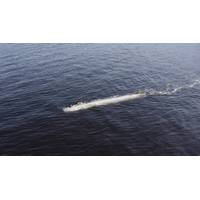
Kongsberg’s First HUGIN Endurance Passes Factory Acceptance Testing
interest both from the defence sector and commercial operators. It can accommodate whatever kind of payload a customer wants, whether for seabed mapping or inspection, oceanography, continuous surveys of offshore wind parks, or as a surveillance tool for critical subsea infrastructure or changes in ecosystems.HUGIN Endurance, launched in 2021, is the largest member of Kongsberg Discovery’s HUGIN family of AUVs. The system can come equipped with a wide array of standard sensors. This includes a wide-swath high-resolution synthetic aperture sonar (HISAS 1032 Dual RX), multibeam echo sounder (EM 2040
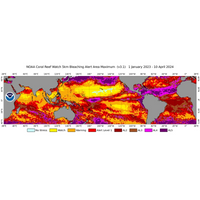
Coral Reefs Suffer Fourth Global Bleaching Event
temperatures. To date, the world has warmed by some 1.2 C (2.2 F).In a 2022 report by the U.N. Intergovernmental Panel on Climate Change, experts determined that just 1.2 C of warming would be enough to severely impact coral reefs, "with most available evidence suggesting that coral-dominated ecosystems will be non-existent at this temperature."This year's global bleaching event adds further weight to concerns among scientists that corals are in grave danger."A realistic interpretation is that we have crossed the tipping point for coral reefs," said ecologist David Obura, who
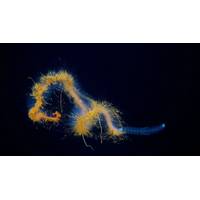
Over 50 Species New to Science Found Along Salas y Gómez Ridge
, led by Drs. Erin E. Easton of the University of Texas Rio Grande Valley and Javier Sellanes of the Universidad Católica del Norte, closely examined 10 seamounts and two islands on the 2,900-kilometer-long oceanic mountain range. They determined that the individual seamounts harbor distinct ecosystems like glass sponge gardens and deep coral reefs.The Salas y Gómez Ridge comprises over 110 seamounts and supports the migration of animals such as whales, sea turtles, swordfish, tuna, and sharks. During the expedition, 78,000 square kilometers were mapped, including six seamounts not yet

New Electrochemical Technology Could De-acidify the Oceans
process called geological weathering, but the extreme increase in the rate and volume of CO2 emissions, especially over the last 60 years, has far exceeded the rate of geological weathering, leading to a 30 per cent increase in ocean acidity.As the oceans acidify, millions of marine species and whole ecosystems — especially coral reefs — will be unable to adapt.We are overwhelming the Earth’s natural re-balancing systems and harming its ecosystems in the process. Our recent work at McMaster University and the University of Toronto, supported by the Carbon to Sea Initiative, has attempted
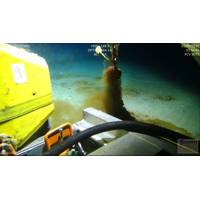
Ocean Floor a Reservoir for Plastic Pollution
of Toronto in Canada, estimates up to 11 million tonnes of plastic pollution is sitting on the ocean floor.Every minute, a garbage truck’s worth of plastic enters the ocean. With plastic use expected to double by 2040, understanding how and where it travels is crucial to protecting marine ecosystems and wildlife.Dr Denise Hardesty, Senior Research Scientist with CSIRO, said this is the first estimate of how much plastic waste ends up on the ocean floor, where it accumulates before being broken down into smaller pieces and mixed into ocean sediment.“We know that millions of tonnes of plastic
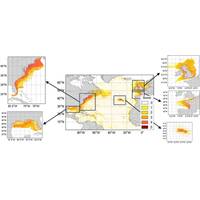
High-Risk Litter Zones Threaten North Atlantic Wildlife
A new study, led by Plymouth Marine Laboratory, has revealed five high-risk zones where floating plastic litter poses the greatest risk to North Atlantic marine life.An estimated 19 to 23 metric tons of plastic waste entered the world's aquatic ecosystems in 2016 and this figure is predicted to triple by 2030.Land-based sources of plastic are thought to account for about 80% of plastic pollution in the marine environment, with single use items such as plastic bags, bottles, wrappers, food containers and cutlery among the most common items found. These items are often transported far from their
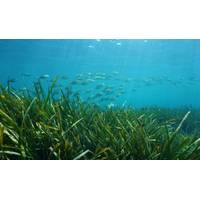
Fugro and PlanBlue Partner to Advance Habitat Mapping Technology
Fugro and PlanBlue are teaming up to advance habitat mapping technology as the companies work to integrate new mapping technology and digital solutions within Fugro's existing systems.The partners say their aim is to enhance and broaden Fugro's hydrographic solutions by incorporating cutting-edge technology such as advanced imaging and AI-based processing and deploying it across different platforms like remote and autonomous underwater vehicles. This collaboration targets the improvement of habitat mapping solutions, systematically studying and documenting the characteristics and distribution
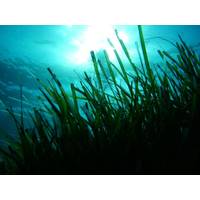
Fugro On Call for Italy’s Ecosystem Restoration Project
with Compagnia Generale Ripreseaeree (CGR), to leverage their technology and experience in coastal resilience solutions to deliver the crucial mapping component of the MER Project.The MER Project aims to restore the marine habitats, fortify the national system for observing marine and coastal ecosystems, and comprehensively map coastal and marine habitats across Italian waters (specifically Posidonia oceanica and Cymodocea nodosa seagrass meadows).Fugro and its partners will play a pivotal role in the success of the MER project executing the MER Project’s mapping phase via a mix of mapping
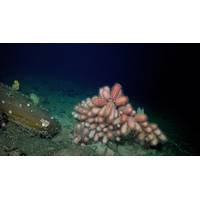
Abundant Life Found on Seamounts Off Chile’s Coast
Nazca-Desventuradas marine parks.During the expedition, scientists used an underwater robot, capable of descending to depths of 4,500 meters, to collect data from 10 seamounts that will be used to advance Chile’s marine protection efforts. The scientists found that each seamount hosted distinct ecosystems, many of which are vulnerable, including thriving deep-sea coral reefs and sponge gardens. The scientists are analyzing the physiology and genetics of the specimens they suspect are new to science to confirm if they are new species.Experts on board the ship mapped 52,777 square kilometers of seafloor



 February 2024
February 2024





